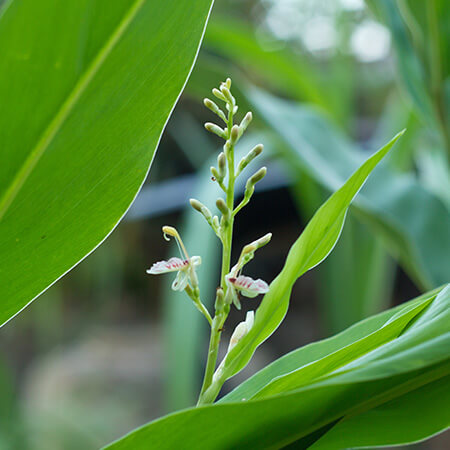-
About Us

Dabur India Limited is a leading Indian consumer goods company with interests in Hair Care, Oral Care, Health Care, Skin Care, Home Care and Food & Beverages.
-
Our Brands

Dabur presents a range of Herbal & Ayurvedic Personal Care products, created to make you look and feel good. Bringing together the gentle touch of nature and Ayurveda's wisdom .
-
Investors

Read our recent and archived releases, quarterly results, annual reports and financial statements. Initiatives Investor Centre.
-
Newsroom

Welcome to Dabur Media Centre. In this section, you’ll find our latest Press Releases arranged in a chronological order. The Press Releases have been further
-
Ayurveda & you

Our curated Collection of Ayurvedic knowledge for you. We at Dabur are working towards helping people lead a healthy and balanced life.
-
Sustainability

Dabur has been engaged in community development activities since 1994 and is committed to making a positive contribution to the communities where we source, live, work and sell our products.
-
Join Us

At Dabur, we are very passionate about winning and this has been engrained in DNA of the organization.
-
Support
- Home > Ayurveda & you > Ayurveda & Science > Ayurvedic & Medicinal Plants
Ayurveda and Science
Pippali/पिप्पली/Piper longum/Long Pepper
AYURVEDIC & MEDICINAL PLANTS
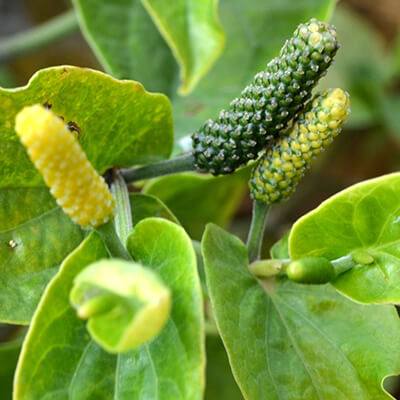
Piper Longum Medicinal Uses
Long pepper finds a wide range of applications in Ayurveda. It is used as a "Rasayana" in the treatment of respiratory disorders and also as an important constituent in digestive formulations. Ayurveda uses it as an ingredient of Trikatu (three pungent herbs). Individually long pepper is used in correcting digestive disturbances and minor respiratory ailments. Trikatu is an important constituent in many Ayurvedic formulations. Experimental studies suggest that Trikatu increases bioavailability of the substances administered along with them.
Chemical Composition
The fruits contain volatile oil, resin and alkaloids piperine and piperlonguminine.
Pacifies Vata and Kapha.
Read more about various ailments, it's causes, symptoms, ayurvedic treatments, etc.
Know the story behind other medicinal Ayurvedic ingredients
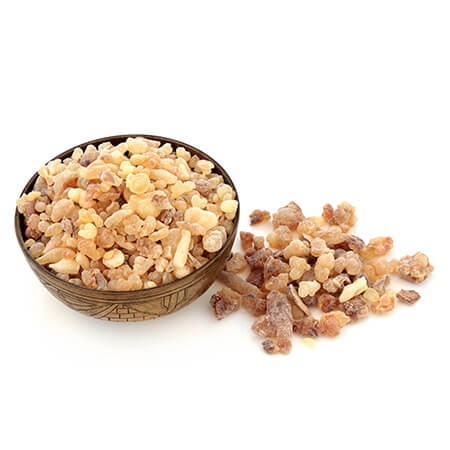
Shalai Guggal
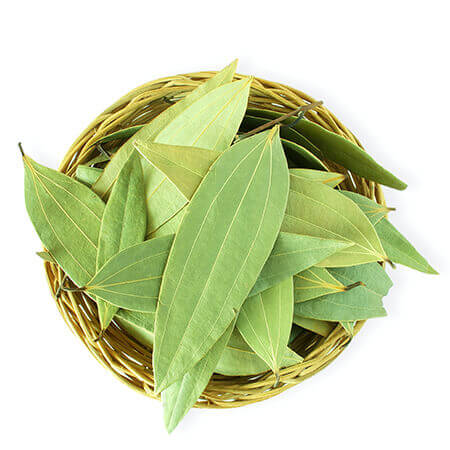
Tamalpatra
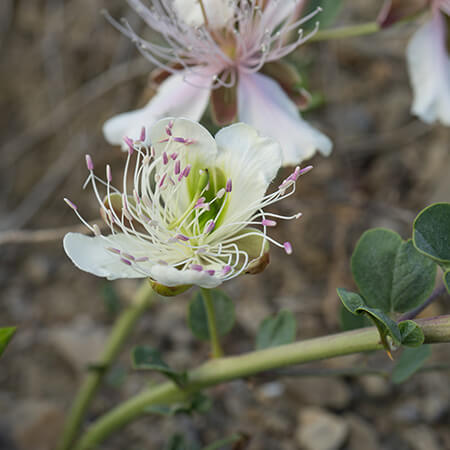
Varun Plant
.jpg)
Mulethi
